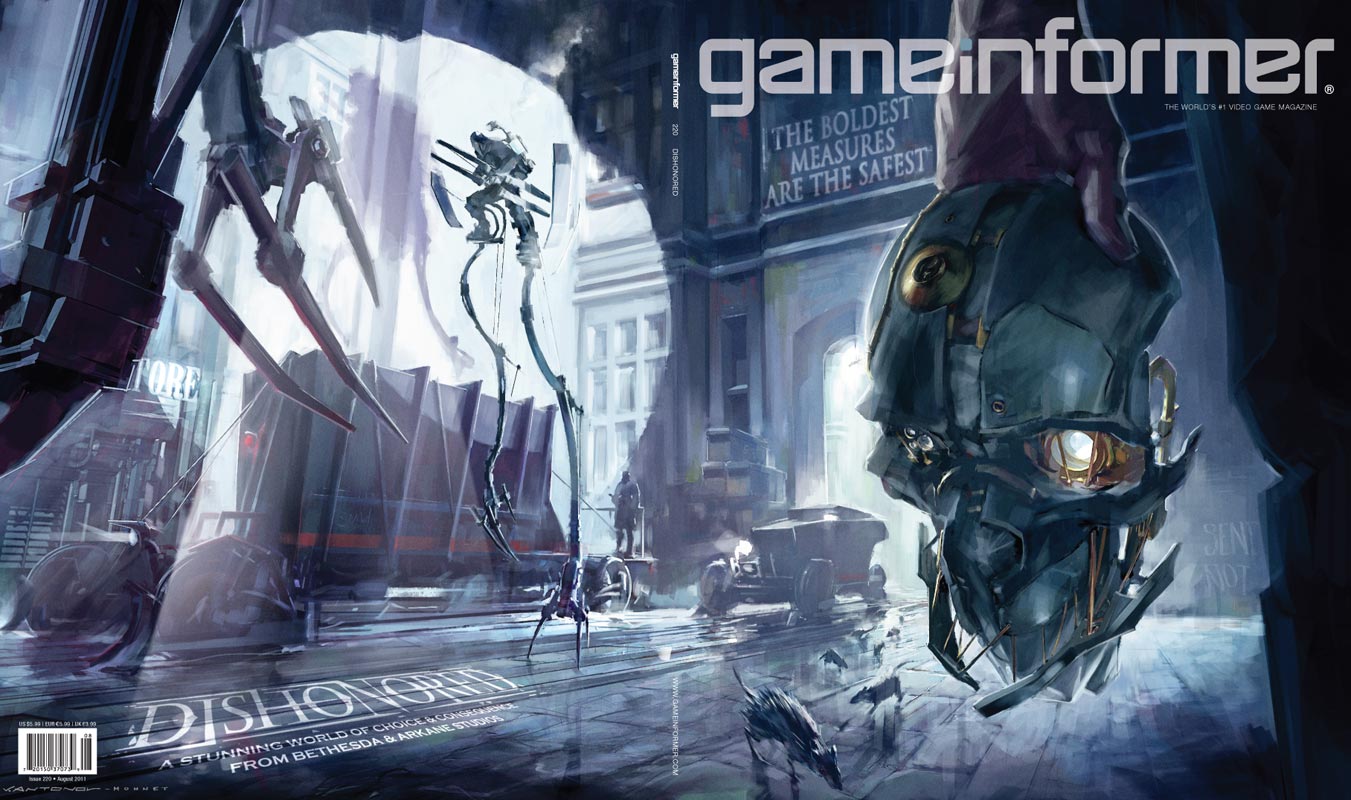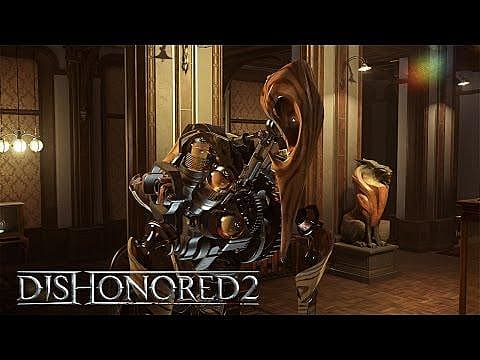

Finally, in reflecting on my experience as a practitioner, I use auto-ethnography to explore how I experienced a delightful blurriness of identity while “playing” a songwriter in an imagined world. Some connections are primary motivations while others happen as part of the creative problem-solving that is inevitably part of the songwriting process.

In contrasting these projects, I reveal how songs can map musical attributes to narrative aspects of a game's world, often on multiple levels simultaneously. As the lead composer on both projects, I provide a firsthand account of how the songs were conceived, how they were deployed within and beyond the game, and the unexpected cultural relevance they had beyond their function within the gameworld. This essay attempts to explore the collaborative decision-making process that shaped songs for two recent games, Dishonored 2 and Wolfenstein: The New Order. In addition to non-diegetic score to support the player's journey, in-world music is sometimes created for the radios, performance spaces, and streets that the player will encounter. Nearby Threats: There are guards and elite guards in the lobby, but none in the safe room. Safe Contents: Combat Sleep Dart Formula Blueprint, Copper Wire, and a Silver Ingot. Safe Code Location: In the same room as the safe. Video game developers go to great lengths to build worlds that are detailed, immersive, and believable. Safe Location: To the right of the Main Lobby, in a destroyed room on the floor above.


 0 kommentar(er)
0 kommentar(er)
